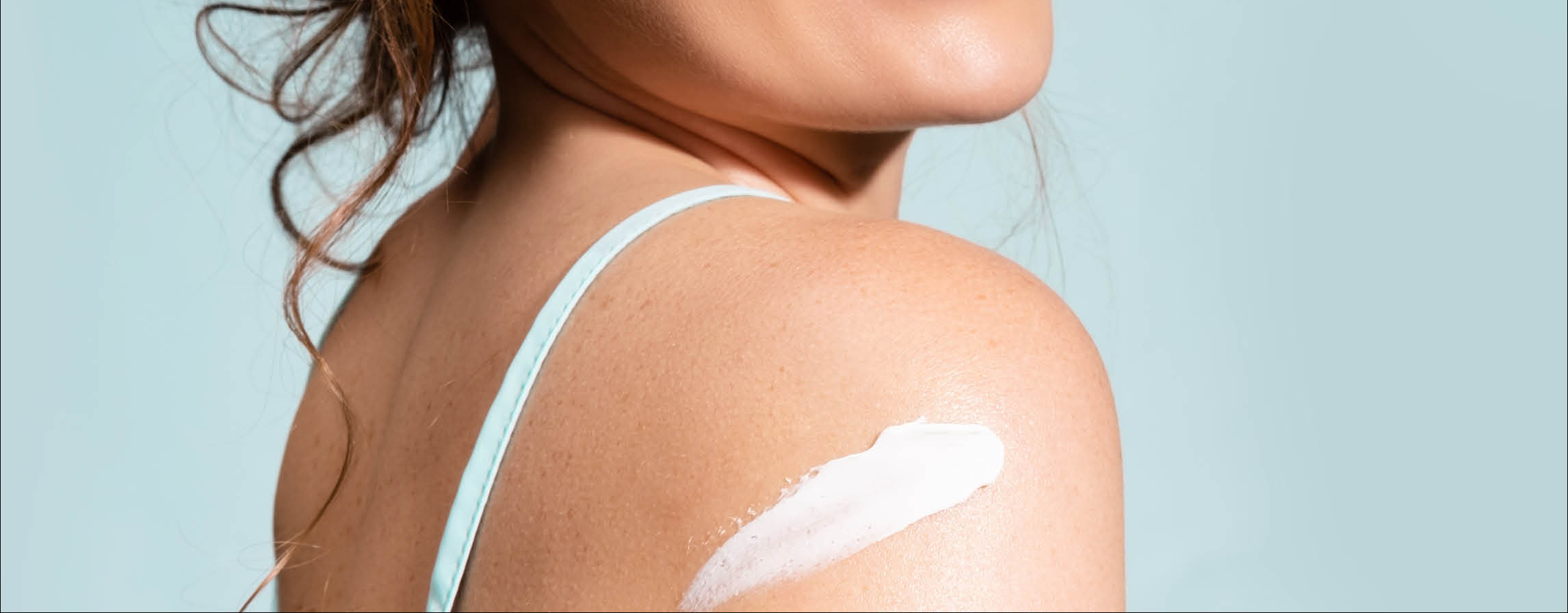The Key to Resilient Skin
By Isabel Vitale
Every skincare professional worth their salt understands the value of building and maintaining the strength and integrity of the skin barrier. I once heard an esthetician friend of mine put it like this: Isabel, behind every skin condition and concern is a compromised skin barrier. I think most professionals would agree with that. But among all this talk of how to improve the skin barrier, one very important piece is missing from the conversation: the skin microbiome. That’s right, the collection of tiny living organisms mixing and mingling in all the various ecosystems covering every square inch of our skin. Among these little living beings are bacteria, fungi, and viruses that not only have the ability to influence our skin’s health but can directly impact every single aspect of our skin and how it functions.
Skin Structure
The skin barrier is often compared to a brick-and-mortar structure where the bricks are the skin cells made up of amino acids and other proteins, and the mortar is a lipid matrix made of 50% ceramides, 20% cholesterol, and 10–15% fatty acids. This barrier effectively keeps pathogens, foreign bodies, and external stimuli out of our body and ensures internal homeostasis throughout our body.
Woven into and sitting on top of this barrier are the collection of bacteria, fungi, and viruses mentioned earlier—the skin microbiome. There are approximately 1.5 trillion resident bacteria on the skin at any given time, and roughly 1,000 different species. The most common species found on the skin are Propionibacterium, Corynebacteria, and Staphylococci. The ecology across the skin at different body sites varies depending on the site. The three most notable microenvironments include dry, oily, and moist areas. Each of these microenvironments breeds different microbes.
The skin microbiome is primarily made up of resident microbes. These microbes are more permanent in the skin and play a significant role in the overall health of an individual’s skin starting at birth. The resident microbes begin to colonize the skin immediately, even starting to form in the birth canal in the case of vaginal births. There is another group of notable microbes as well that colonize the skin for a few hours to a few days. These microbes are picked up from the environment, the people we come in contact with, and other surroundings. These microbes are called transient microbes. Although transient microbes are not on the skin for long periods of time, they are able to trigger a shift in the balance of resident microbes. This is part of the reason why our skin can react to changes in weather or climate.
The skin microbiome has a direct impact on the skin barrier, as these two are intimately connected. If the skin microbiome is in homeostasis, the skin barrier is strong. If the skin microbiome is dysbiotic, the skin barrier begins to weaken, erode, and degrade, leading to reactive, sensitized, and inflamed skin.
The Shared Goal of the Skin Barrier and Skin Microbiome
“Skin microbes do not simply reside on the skin but interact with the skin in a variety of ways, significantly affecting the skin barrier function…The skin microbiome and the skin barrier relate symbiotically to affect each other in physical, chemical, and immunological ways.” – PMID 36361857
Despite the different mechanisms of action, the skin barrier and skin microbiome have one shared goal: immunity. The skin microbiome controls much of our skin’s immune system, similar to how the gut microbiome controls the body’s immune system. When there is a threat detected, the microbiome sends a series of signals to the body to launch an immune response. This response consists of AMPs, cytokines, and other inflammatory markers aimed at protecting the skin and ridding it of pathogens before the pathogens can enter the body. This immune activation presents as inflammation, sensitivity, and other chronic inflammatory conditions like eczema, acne, psoriasis, and rosacea.
The skin microbiome is really the first line of defense, even before the barrier, as this collection of living organisms are the arbiters of what our skin barrier reacts to and what it dismisses as passive.
“…the microbiome also stimulates a range of innate immune responses and maintains symbiotic relationships with the skin when the skin barrier is disturbed.” – PMID 36361857
When we have dysbiosis in the skin microbiome, the skin’s immune system becomes overactive, eliciting reactions to external stimuli that should be considered benign. This is when we start to see red, reactive, sensitized, and inflamed skin, and a complete erosion of the skin barrier.
“We recently observed that bacteria residing on the epidermis can be observed within the dermis of healthy normal human skin.” – PMID 23385576
This surprising observation—that bacteria can penetrate the epidermis—illustrates how bacteria position themselves to directly influence immune responses
Leaky Skin
You may or may not have heard of a new term to describe this reactive, sensitized, and inflamed skin: leaky skin.
Simply put, leaky skin is the term used to describe a dysfunctional skin barrier triggered by skin microbiome dysbiosis.
Studies show that if our skin microbiome is dysbiotic, it has the ability to physically degrade the skin barrier, eating away at essential lipids in the skin and eliciting inflammation along the way.
“Microbiome dysbiosis can cause damage to the skin barrier, which is associated with inflammatory skin diseases.” – PMID 36361857
One of the most well-documented examples of this comes from the interaction between S. aureus and its effects on ceramide and filaggrin levels. Most of this data has been harvested from patients with atopic dermatitis, an inflammatory skin condition with strong ties to skin microbiome dysbiosis and skin barrier impairment.
“Strong associations have been shown between dysbiosis and the clinical phenotype of atopic dermatitis (AD).” – DOI: 10.1016/j.jid.2016.05.12
In various studies, it’s been shown that S. aureus prompts skin to produce cytokines that degrade barrier integrity and enhance barrier degradation. The ability of S. aureus to penetrate the epidermis is also superior to other bacterial species, as shown in various tape-stripping experiments.
The Benefits of Balance
A healthy, balanced skin microbiome benefits the health of the skin in a number of ways. Most notably, a balanced skin microbiome will:
- Prevent the overgrowth of pathogens, thus reducing toxin production and recruitment of immune cells.
- Produce adequate protease enzymes to help turn over the stratum corneum.
- Produce adequate lipase enzymes to effectively break down and regenerate the lipid layer.
- Produce urease, free fatty acids, regulate sebum production, and manage the pH of the skin.
- Perform effective quorum sensing and biofilm production.
- Drive antioxidant function and quenching of free radicals.
Ultimately, a balanced skin microbiome will result in a more resilient skin barrier with a high tolerance for negative stimuli. The skin will appear stronger, function better, maintain barrier integrity and functioning, reduce fungal and bacterial overgrowths, and maintain sufficient water levels. A balanced skin microbiome reduces reactivity and sensitivity, along with reducing the appearance of various inflammatory conditions like acne, eczema, psoriasis, rosacea, etc.
Bottom Line
The conversation around the skin barrier is a very important one to be having, and now we have one more giant piece of the puzzle. I’ve been speaking with a lot of estheticians, and it seems that sensitized skin is on the rise. I believe that this is in part due to the fact that the skin microbiome is changing. The canvas of skin is changing, and that means treatments and techniques need to change with it.
The skin microbiome is a foundational piece of skin health; its role cannot be overstated. To achieve the best results for clients, the skin microbiome must be addressed so we can continue to maintain and support a healthy, strong, and resilient skin barrier.













